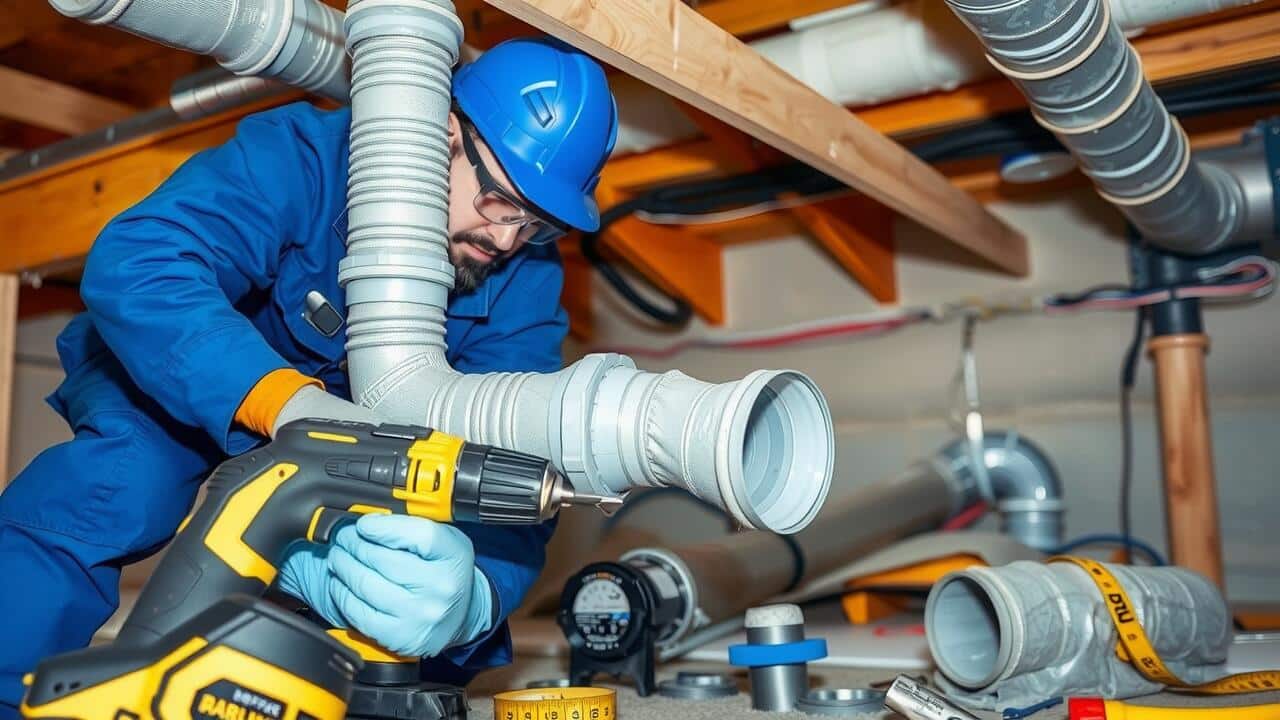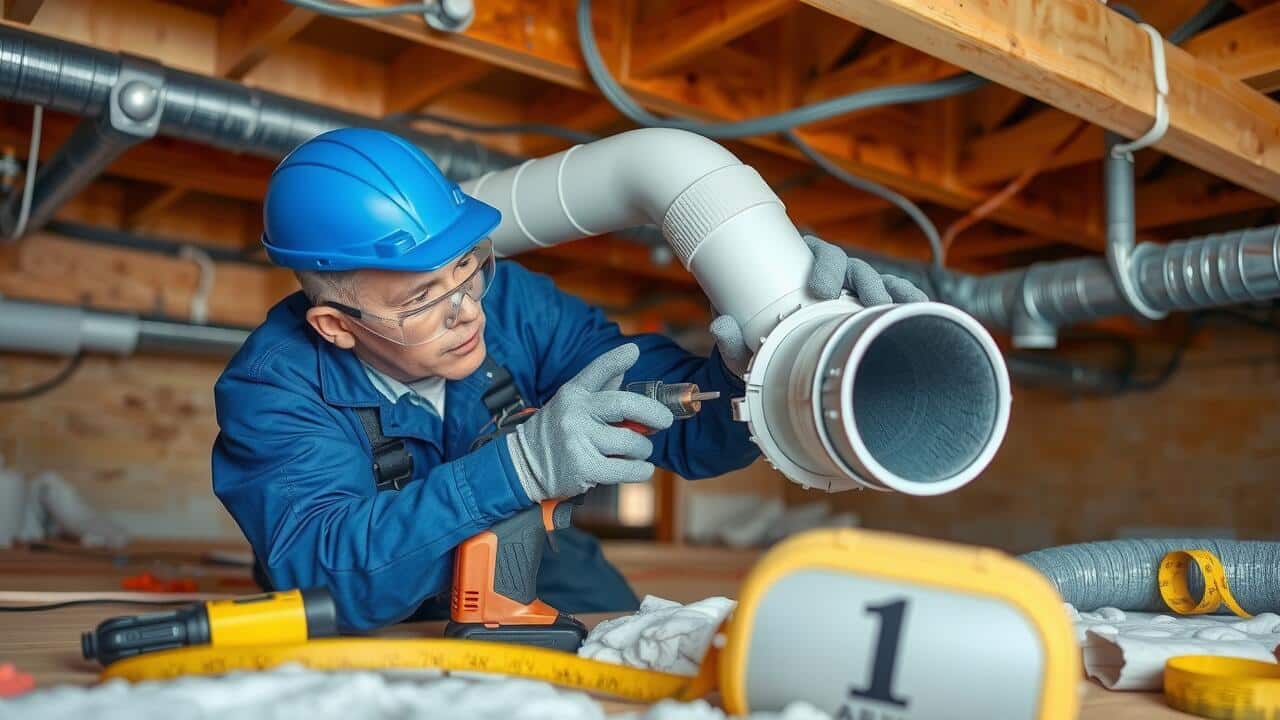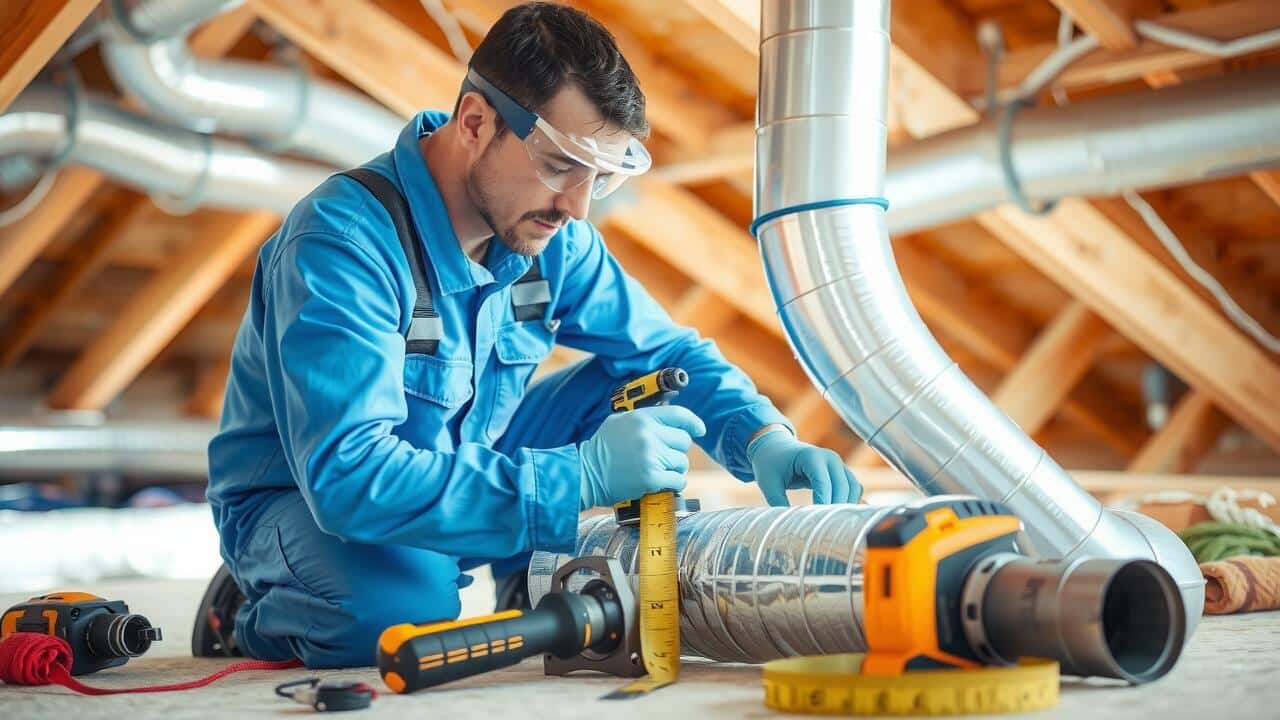
Table Of Contents
Failing to Consider Airflow Direction
One common mistake during air duct installation is neglecting to consider the direction of airflow. Proper airflow direction is crucial for achieving optimal heating and cooling performance. If ductwork is installed with an incorrect orientation, it can lead to inefficiencies and uneven temperature distribution throughout a space. Ensuring that ducts are aligned properly allows air to reach its intended areas efficiently, thereby improving the overall comfort level in a building.
In addition, improper airflow direction can contribute to increased energy costs. When air is forced to navigate through misaligned ducts, the system works harder to maintain desired temperatures. This unnecessary strain can shorten the lifespan of the HVAC system. Regular assessments and careful planning during air duct installation can help mitigate these issues, ensuring that air travels smoothly and effectively throughout the intended environment.
Optimizing Airflow for Efficiency
Air Duct Installation must focus on optimizing airflow to ensure efficient heating and cooling across a building. Properly sized ducts facilitate the movement of air while minimizing resistance. When designing a duct system, considerations such as duct diameter, shape, and length significantly influence airflow quality. An efficient system can enhance comfort levels and reduce energy consumption, ultimately leading to lower utility bills.
Regular assessments of airflow dynamics within the ductwork can reveal potential issues, allowing for timely adjustments. It is crucial to account for bends and turns in the duct system, as these can create turbulence and impede airflow. Additionally, ensuring that air outlets and inlets are strategically placed helps in distributing air evenly. This approach not only supports energy efficiency but also contributes to improved indoor air quality, maximizing the benefits of Air Duct Installation.
Overlooking the Need for Maintenance
Regular maintenance of air duct systems is essential for ensuring optimal performance and longevity. Neglecting to schedule routine inspections can lead to a buildup of dust, debris, and allergens, which can adversely affect indoor air quality. Over time, these accumulations may also hinder airflow efficiency, resulting in higher energy costs and increased strain on HVAC systems. Proper maintenance helps identify potential issues before they escalate, facilitating smoother operation and extending the lifespan of the system.
Air duct installation is only the first step in a comprehensive HVAC strategy. Homeowners often overlook the importance of ongoing care and inspections. Failing to address this can lead to obstruction of airflow and, ultimately, costly repairs. Investing in regular duct maintenance not only ensures a healthier living environment but also preserves the benefits of the initial installation. Frequent checks can reveal wear and tear or any signs of leaks, which are crucial for maintaining system efficiency.
Importance of Regular Duct Inspections
Regular inspections of ductwork are crucial for maintaining optimal performance in heating and cooling systems. During air duct installation, proper sealing and insulation play a vital role in ensuring efficiency. Over time, factors such as dust accumulation, corrosion, and structural shifts can lead to reduced airflow and increased energy costs. Routine inspections allow homeowners and technicians to identify issues early, facilitating timely repairs that enhance system longevity.
Neglecting duct inspections can result in more severe problems such as air quality deterioration and increased wear on HVAC components. With air duct installation, using high-quality materials is just one part of the equation. Continued maintenance and inspections ensure that any unseen issues, such as leaks or blockages, are addressed before they escalate. This proactive approach ultimately leads to a healthier living environment and can save homeowners money in the long run.
Choosing the Wrong Materials
Choosing the right materials for air duct installation is crucial to ensure the system functions effectively and efficiently. Using inferior or inappropriate materials can lead to various problems, including reduced airflow, increased energy costs, and even potential health hazards. For instance, materials that are not durable or that can deteriorate over time may introduce contaminants into the air supply, compromising indoor air quality.
Moreover, different materials have unique thermal properties and resistance to corrosion, which can significantly impact performance and longevity. Fiberglass ducts, for example, provide good insulation but may not be suitable for all environments, particularly where moisture is a concern. On the other hand, metal ducts can offer durability and ease of installation but may require additional insulation to minimize energy loss. Selecting the appropriate material enhances the air duct installation process and contributes to overall system efficiency and reliability.
Impact of Material Selection on Performance
Material selection plays a crucial role in the performance of ductwork during air duct installation. Different materials offer varying levels of durability, insulation, and resistance to corrosion. For instance, galvanized steel is known for its strength and longevity, while fiberglass ductwork can provide superior insulation but may require careful handling to avoid damage. The right choice ensures optimal airflow efficiency and helps maintain indoor air quality.
Using inappropriate materials can lead to energy loss and increased operational costs. Poorly insulated ducts can allow heat or cool air to escape, forcing HVAC systems to work harder to maintain desired temperatures. This inefficiency not only impacts comfort but also contributes to wear and tear on the system, leading to more frequent repairs. Therefore, selecting the right materials is essential for a successful air duct installation that meets both performance and budgetary expectations.
FAQS
What is a common mistake in ductwork installation?
A common mistake in ductwork installation is failing to consider airflow direction, which can lead to inefficient heating and cooling throughout a space.
How can improper airflow impact HVAC efficiency?
Improper airflow can reduce HVAC efficiency by causing uneven temperatures, increasing energy consumption, and leading to potential system wear and tear.
Why is regular maintenance important for ductwork?
Regular maintenance is important for ductwork because it helps identify leaks, blockages, and other issues that can affect system performance and indoor air quality.
What should ductwork inspections include?
Ductwork inspections should include checking for leaks, ensuring proper insulation, assessing airflow efficiency, and cleaning to remove dust and debris.
How does the choice of materials affect ductwork performance?
The choice of materials affects ductwork performance by influencing factors such as durability, insulation properties, and resistance to corrosion, which can all impact airflow and system efficiency.


